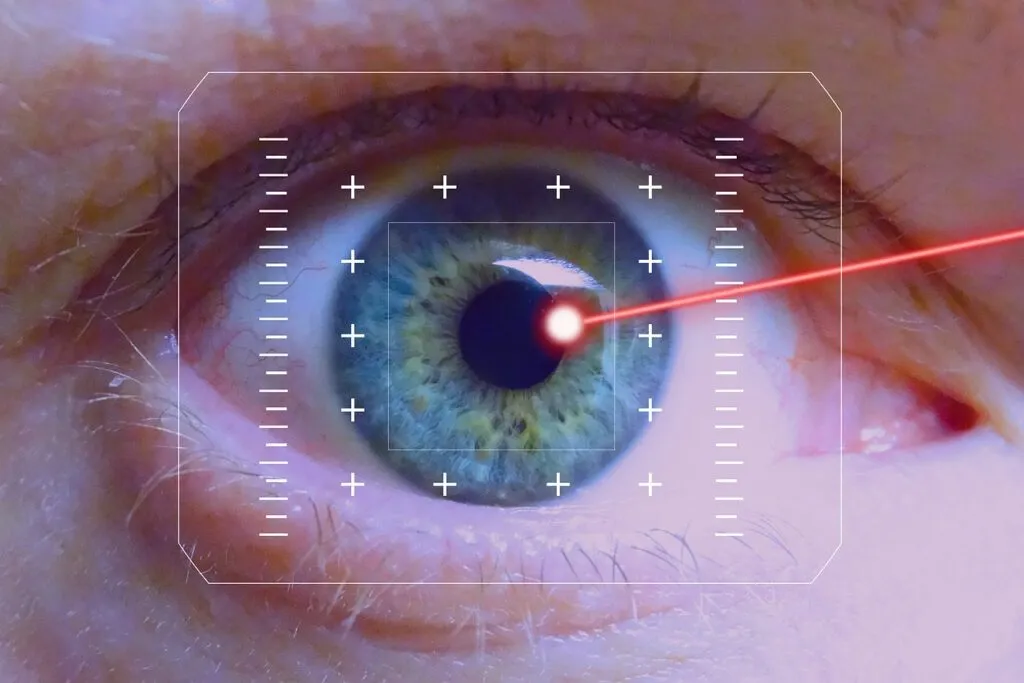Retinal detachment occurs when the thin layer of tissue at the back of your eye separates from its underlying support tissue. This separation prevents the retina from functioning properly, potentially leading to permanent vision loss if left untreated. Understanding the causes, symptoms, and treatment options can help you recognize warning signs and seek prompt medical attention when necessary.
What Is Retinal Detachment?
Retinal detachment is a medical condition in which the retina separates from the layer of blood vessels that provide oxygen and nourishment. The retina is a light-sensitive tissue layer located at the back of your eye. When detachment occurs, retinal cells may be deprived of oxygen, leading to potential vision loss.
Three main types of retinal detachment exist: rhegmatogenous, tractional, and exudative. Rhegmatogenous detachment is the most common type and occurs when a tear or hole develops in the retina. Tractional detachment happens when scar tissue pulls the retina away from the back of the eye. Exudative detachment occurs when fluid accumulates beneath the retina without any tears or holes.
What Causes It?
Several factors can lead to this condition, with age-related changes being the most common cause. Eye injuries, previous eye surgeries, and severe nearsightedness increase the risk of retinal detachment. Diabetic retinopathy can cause scar tissue formation that pulls on the retina, leading to tractional detachment. A family history of this condition also raises your risk.
What Are the Symptoms?
Retinal detachment typically presents with distinct warning signs that develop suddenly. Flashing lights, particularly in peripheral vision, often occur as the retina is stimulated by mechanical forces. These flashes may appear as brief streaks or lightning-like patterns.
A sudden increase in floaters is another common symptom. Floaters appear as dark spots, cobwebs, or strings that drift across your field of vision. A shadow or curtain effect may develop in your peripheral vision, gradually expanding toward central vision areas.
How Does Age Influence It?
Age plays a significant role in the risk of retinal detachment, with most cases occurring in individuals between the ages of 40 and 70. The vitreous gel inside the eye undergoes natural changes with aging, becoming more liquid and prone to separation from the retinal surface. This age-related vitreous shrinkage increases the likelihood of retinal tears. Older adults often have additional risk factors such as cataracts, previous eye surgeries, or degenerative changes in retinal tissue.
What Are the Treatment Options?
Treatment depends on the type, location, and extent of the detachment. Scleral buckle surgery involves placing a silicone band around the eye to push the wall of the eye against the detached retina. This procedure helps close retinal tears, allowing the retina to reattach. The buckle remains permanently in place and is not visible after surgery.
Pneumatic retinopexy is a minimally invasive procedure where a gas bubble is injected into the eye. The bubble pushes the detached retina back into position while the tear heals. This approach is most effective for specific types of detachments located in the upper portion of the retina.
Vitrectomy involves removing the vitreous gel from inside the eye and replacing it with a different substance. This procedure allows direct access to repair retinal tears and remove any scar tissue that may be pulling on the retina. Recovery from vitrectomy may require specific positioning to optimize healing.
Schedule a Consultation Now
Retinal detachment is a serious condition that requires immediate medical attention to prevent permanent vision loss. Understanding the symptoms and risk factors allows for early detection and prompt treatment. If you experience any symptoms of this condition, contact an eye care professional immediately.









Leave a Reply